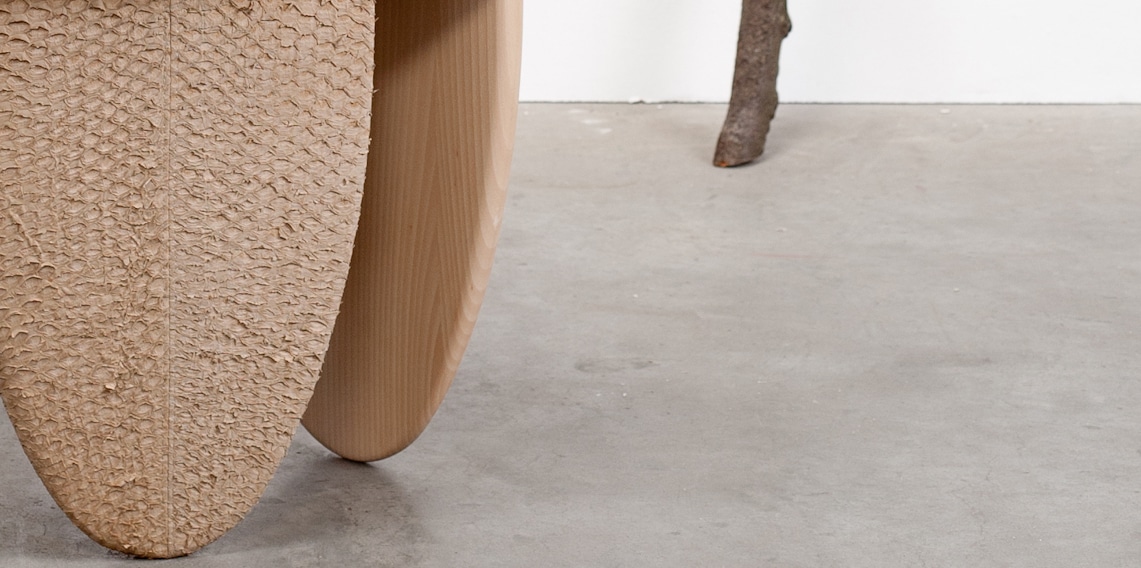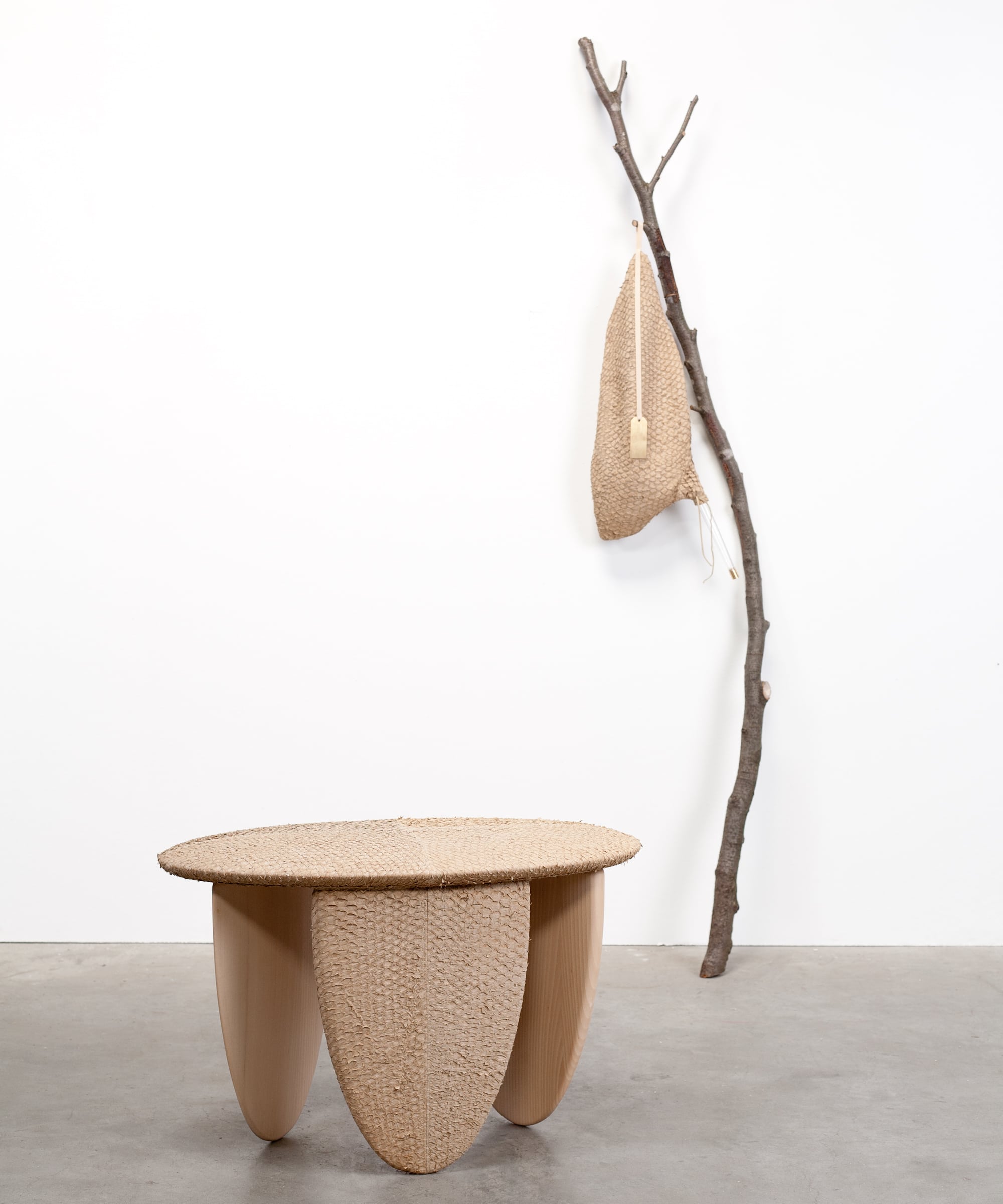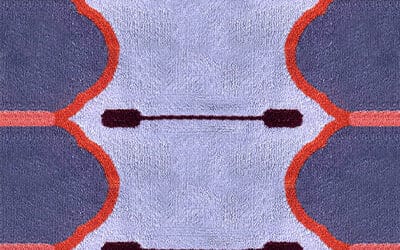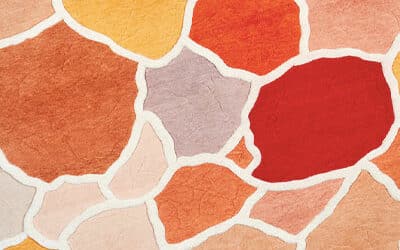Skin deliberately denuded of hair meant to be there is eery. (And no, your scribe does not mean the prosaic human routine of daily depilation.) Transmogrified skin is even more eery. Hairy, hairless, sleek or scaly, flayed skin used for purposes other than intended has an unsettling but often magnetic quality, like this 3rd century AD crocodile-skin Roman suit of armour. Or if you prefer a contemporary reference, artist Patricia Piccinini’s deft manipulation of silicone to create what might be meant to represent pools of skin.
Gallery Libby Sellers’ current London exhibition Craftica adds to the discussion of skin as an artistic and design medium. A collaboration between Design Academy Eindhoven graduates Simone Farresin and Andrea Trimarchi, the designers behind Formafantasma cite themselves as the “bridge between craft, industry, object and user”. The 3D works in the Gallery’s show range from Wolffish-Pig Stool (2012) to Perch Fish Hot Water Bottle (2012), and represent a point on the continuum of “design art”. DJ

(Detail) Perch stool: Vegetal tanned perch skin, lime wood, brass label. Formafantasma at Gallery Libby Sellers, London. Image courtesy Gallery Libby Sellers. Photograph copyright Luisa Zanzani

Perch stool: Vegetal tanned perch skin, lime wood, brass label. Perch fish hot water bottle: Vegetal tanned perch skin, glass, brass. Formafantasma at Gallery Libby Sellers, London. Image courtesy Gallery Libby Sellers. Photograph copyright Luisa Zanzani



